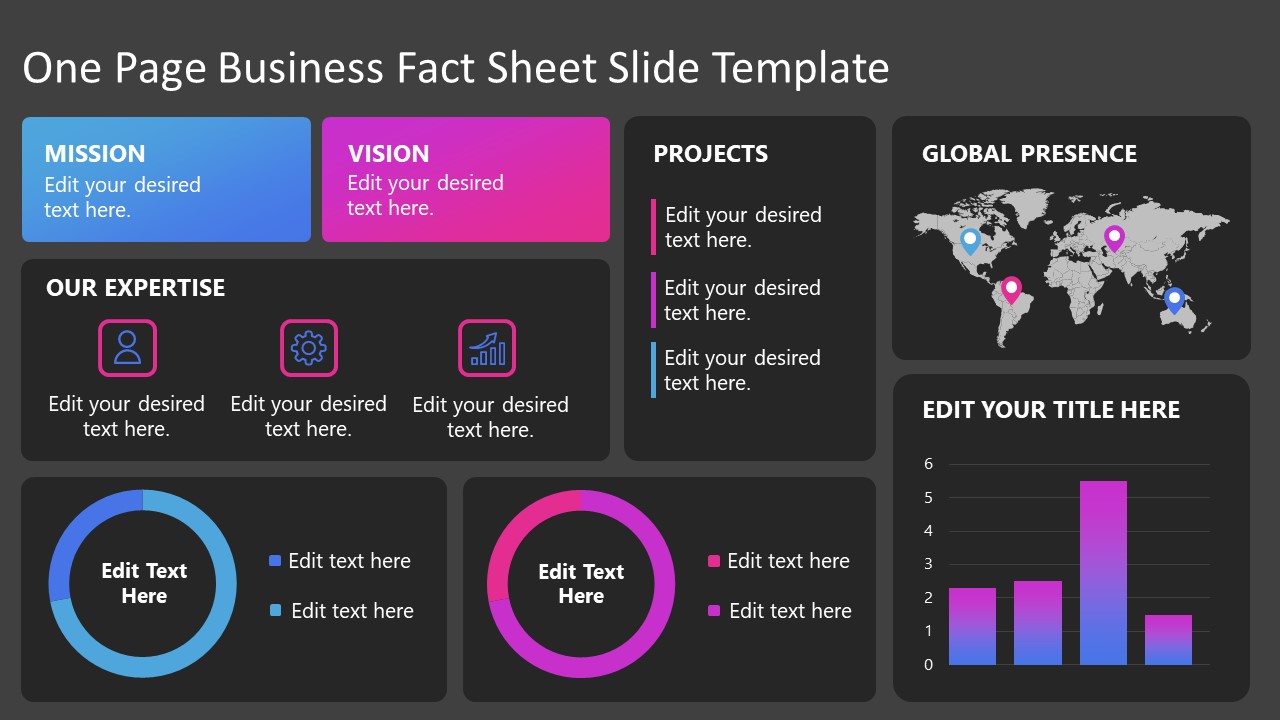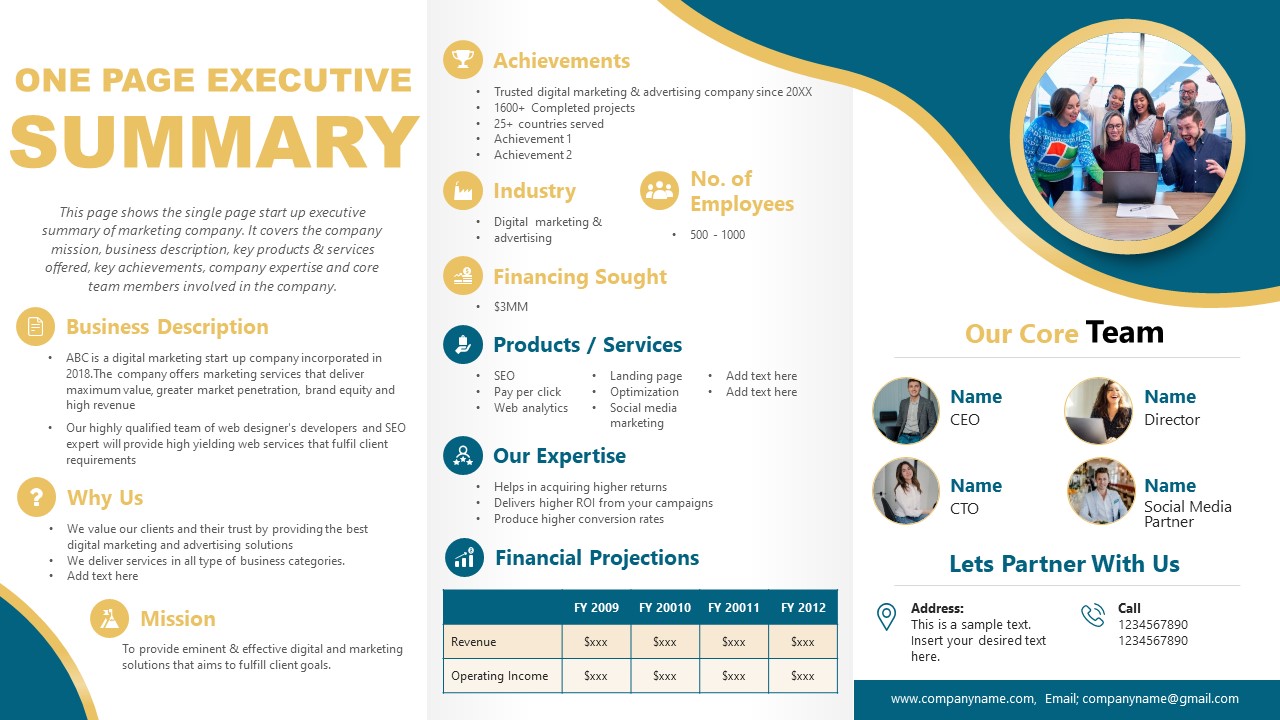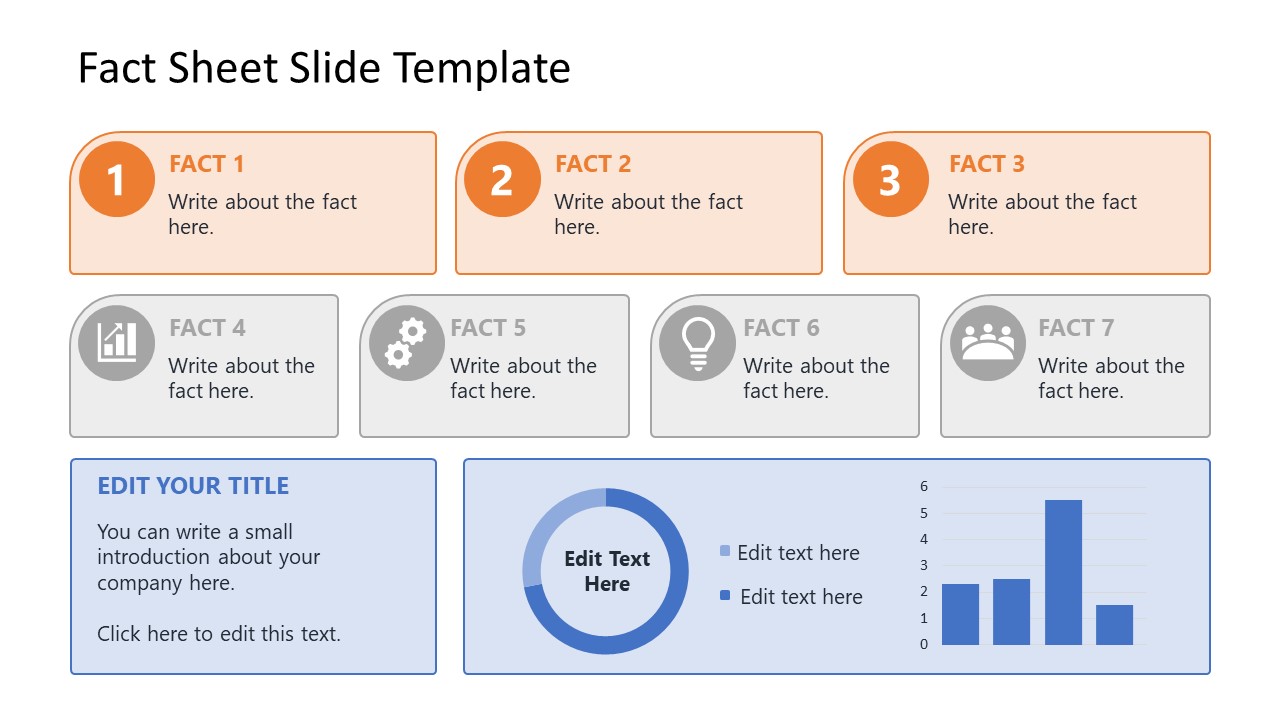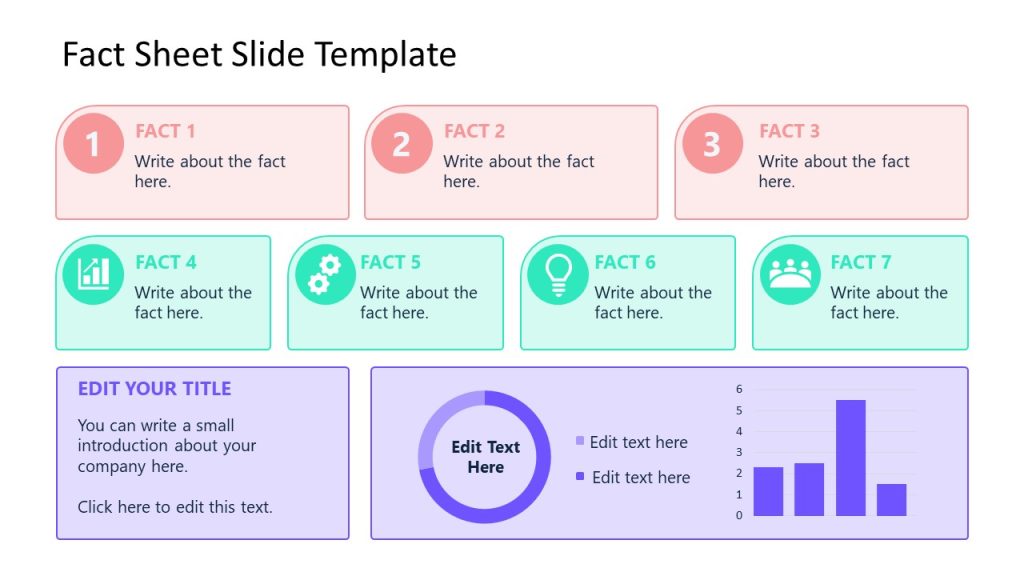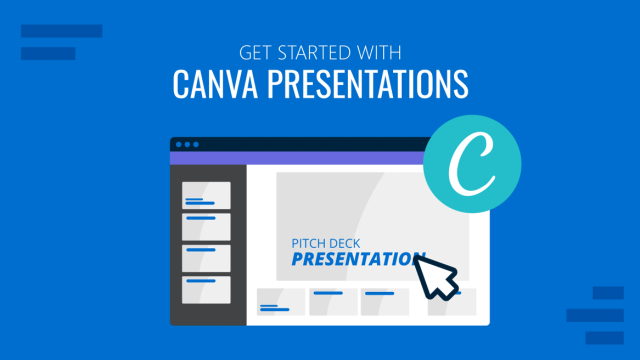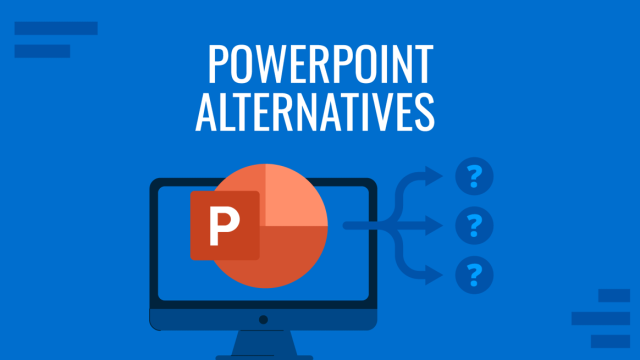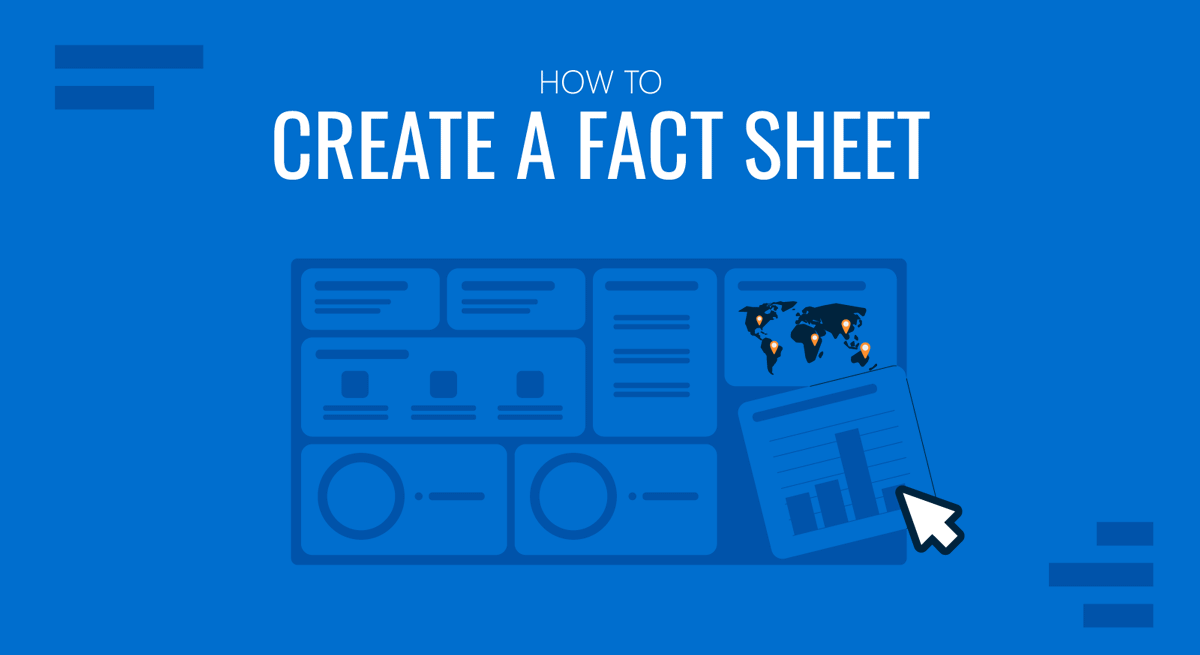
When breaking down information regarding a topic, elaborate information must often be presented easily. A fact sheet can help concisely present information when presenting data and facts. In this guide, we will introduce you to the concept of fact sheets and their capabilities in everyday projects and business activities.
What is a Fact Sheet?
A fact sheet is a document that provides important information about a project, service, product, humanitarian program, etc. Fact sheets provide key information, highlighting facts related to the topic in an easy-to-grasp layout. The information in fact sheets is concise. When creating a one-page information sheet, visual aids like icons and infographics are often used to make data easy to understand for the audience.
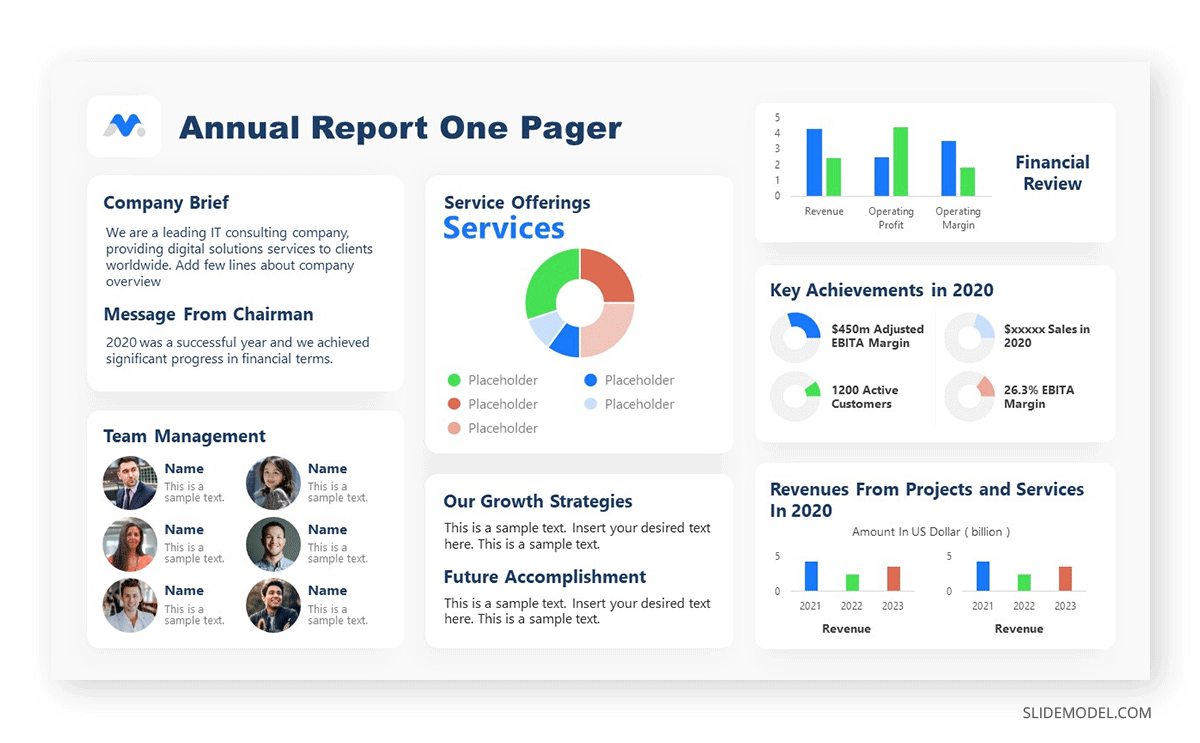
Purpose of Fact Sheet
A fact sheet is meant to present information in a palatable format. This might be a one-page document with infographics or some basic text and data compiled together in different sections. This can include demographic data, product information, operational instructions, project data, and other key information summarized for the end user.
Types of Fact Sheets
Fact sheets can be of different types, depending on the content required to present information. Below are a few fact sheet examples regarding the type of fact files usually created. The below list is not an exhaustive list for factsheets.
Project Fact Sheet
This type of fact sheet provides information about a project, such as its goals, achievements, impact, outreach, etc. Such a fact sheet provides a brief introduction and data on the project, its purpose, and key trends. For example, an organization might create a project fact sheet for investors, donors, and the general public to showcase the benefits and outreach of a project.
Product or Service Information Fact sheet
A fact sheet template might include information about a product or service. This might include informative information for persuasive advertisement or even a manual for the end user who has purchased a product or service. For example, a banking service might provide a fact sheet to new account holders to showcase the bank’s outreach, the services offered, and the chance to acquire and redeem loyalty points.
Scientific Data Fact Sheet
Many fact sheets contain scientific data; in fact, a product information or project fact sheet might also provide scientific information. Researchers often produce sheets on health, environmental issues, demographic information, crime rates, and other research topics.
Awareness Fact Sheet
Many fact sheets, including scientific or general information, are provided for awareness-raising purposes. For example, fact sheets on driving and vehicle safety are often produced to inform the general public about the best practices for safe driving and avoiding accidents.
How to Create a Fact Sheet
Best Practices in Creating Fact Sheets
Before you make a fact sheet, you need to consider various important details such as your topic, key information to include, how to present that information, the target audience, and the expected outcome for making the fact sheet. These are important considerations when determining the key aspects of the question about how to write a fact sheet.
Topic Considerations
The first thing to consider when making a fact sheet is to consider the topic you intend to explore. If you are creating a fact sheet for your research, you might want to ensure the content of your document presents information to complement your work. If it’s a document presenting product information, it should highlight the product’s key benefits and information that the user will likely find useful.
Audience Considerations
It is important to consider the audience when making your fact sheet. This will also identify the language to use, the ease of difficulty of information that can be incorporated depending on the audience’s expertise, and the visual aids to use.
Information to Include in the Fact Sheet
It is important to consider what information to include in the fact sheet. Since the information needs to be concise, you might need to omit much information and only pick facts useful for the audience.
Method for Presenting the Fact Sheet
There can be various methods for creating and presenting fact sheets. Suppose you are wondering how to design a fact sheet. In that case, you can use PowerPoint templates, a Word document, a graphic design application (such as Adobe Illustrator, Adobe Photoshop, or CorelDraw), or an online app like Sway. The fact sheet can be shared online in a format like PDF or printed for dissemination to end users.
How you create and present the fact file would be relevant according to the audience you want to address. If you intend to present your document as a PowerPoint slide and are new to PowerPoint, see our tips on how to make a presentation.
Expected Result
It is essential to consider the impact of your fact sheet and the results you expect. Do you expect it to disseminate your research, raise awareness regarding a topic, provide a consumer with product information, advertise a product or service to improve sales, or provide investors information about the capability of your organization to attract more investment? Keeping sight of the result can help make a meaningful fact sheet with information to achieve desired results.
Fact Sheet Examples
Fact sheets can be produced using a variety of applications and presented digitally or in printed form. Below are Fact sheet examples and one-pager templates that you can use for making your fact file. Also, check these business one-pager examples to learn about the different types of fact sheets.
Final Words
Fact sheets are commonly used to showcase key information concisely to discuss topics and highlight trends. Many organizations print fact sheets, disseminate them digitally in PDF format, and create PowerPoint presentations to present fact sheets. If you want to create a PowerPoint fact sheet, the templates above can help you make such fact files in no time. If you want to learn how to present such information, we recommend you see our tips on how to start and end a presentation.
